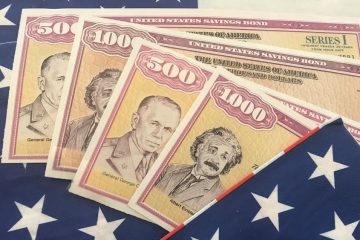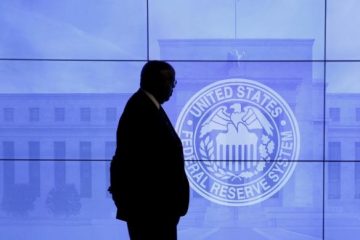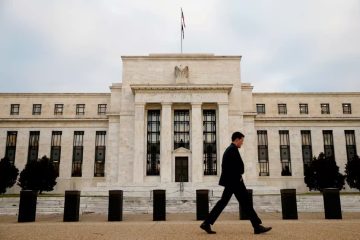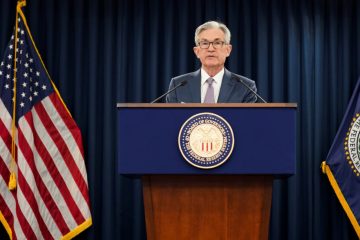Dollar sucked into downward spiral by U.S. twin deficits
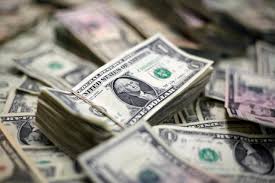
The dollar was ending 2020 in a downward spiral on Thursday with investors wagering a global economic recovery will suck money into riskier assets even as the yawning U.S. twin deficits argue for an ever cheaper currency.
The euro steamed ahead to $1.2281, having hit its highest since April 2018 with a gain of almost 10% for the year. The next stops for the bull train are $1.2413 and $1.2476, on the way to the 2018 peak at $1.2555.
The dollar also dropped to 103.07 yen, but stopped just short of the December low at 102.86. Trade was thin in Asia with Japan and South Korea on holiday.
Sterling jumped as lawmakers approved a post-Brexit trade deal with the European Union. The pound stretched as far as $1.3647, levels not seen since May 2018.
Against a basket of currencies the dollar had sunk to 89.62, having touched it lowest since April 2018. That left it down 7.2% on the year, and no less than 13% on the 102.99 peak hit during the market mayhem of mid-March.
The next target is 89.277 and then 88.251, which was the absolute low in 2018.
The prospect of a brighter 2021 has lessened the need for the safe-haven dollar, while burnishing the attraction of riskier assets especially in emerging markets.
Bears have also resurrected the “twin deficits” excuse for shorting the dollar – that the explosion in the budget and trade deficits means more dollars being printed and moved abroad.
From this perspective the new U.S. stimulus bill is dollar negative as it adds to the nation’s debt, and President-elect Joe Biden is promising a lot more next year.
The country is also hemorrhaging dollars on its trade account where the deficit on goods hit a record $84.8 billion in November as imports surged past pre-pandemic levels.
Likewise, the current account deficit widened to a 12-year high in the third quarter and there was a large shortfall in net financial transactions as Americans borrowed more from abroad.
In contrast, the European Union runs a huge current account surplus, largely thanks to Germany, so there is a natural inflow to euros through trade.
“The U.S. dependence on foreign savings is increasing and at 3.4% of GDP, it is approaching a danger zone where it will become increasingly difficult to attract savings without further dollar weakness, or higher interest rates,” said Alan Ruskin, global head of G10 FX at Deutsche, in a note.
“The deterioration in the ‘twin deficits’ will do nothing to improve USD sentiment, even if it does not as yet justify extreme USD undershooting either.”

